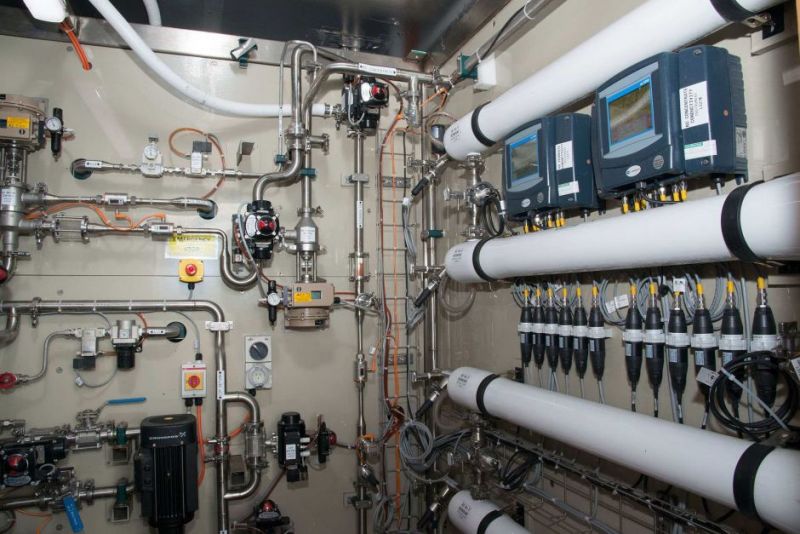Antarctic Station Set for New 'Germ-zapping' Wastewater Tech
Published on by Water Network Research, Official research team of The Water Network in Technology
New technology will turn human waste at one of Australia's Antarctic stations into 'drinkable-quality' water — but there are 'no plans' to serve it up to the humans just yet.
The $1.5 million "state-of-the-art" technology will "use germ-zapping technologies to process wastewater into drinkable-quality water that will have minimal impact on the marine environment when it's discharged into the ocean," the Australian Antarctic Division (AAD) said.

The new 'germ-zapping' technology will be in place in late 2018. AAD/Glenn Jacobson
In 2005, equipment at Davis, 4,800 kilometres south-west of Hobart, failed.
Up until 2015, macerated effluent was discharged to the ocean from a pipe at the water's edge near the station's wharf.
While that disposal method met Antarctic Treaty environmental protocols, an environmental impact assessment revealed the effluent was "poorly dispersed" during the three-month period of the study, resulting in an "accumulation of faecal contaminants, heavy metals and persistent organic pollutants … and the exposure of seals and penguins to high levels of faecal bacteria".
In 2015, AAD installed a secondary treatment plant which further improved the quality of the output.
However, "low levels of human-derived faecal contaminants were detected in sediments up to two kilometres in the direction of the main current flow," AAD said in 2016.
"Sewage markers were also detected in two predatory sea-floor animals — a snail and fish — suggesting that some contaminants were entering the marine food chain."
Michael Packer, the project engineer with AAD, said the process involved wastewater undergoing a series of "physical and chemical processes to produce the purest water possible".
"The contaminated water, which is first treated by a secondary wastewater treatment plant, will undergo ozone and ultraviolet disinfection, ultrafiltration, chlorination and pass through a biological activated carbon filter and reverse osmosis," he said.
While there were "no current plans to use the purified water" for human consumption, the new technology would "ensure the water we discharge into the marine environment has a negligible impact," Dr Rob Wooding, AAD's general manager of support and operations, said.
Read full article: ABC
Media
Taxonomy
- Drinking Water Security
- Treatment
- Treatment Methods
- Drinking Water Treatment
- Technology
- Water Supply
- Rural Area Water Supply
- Drinking Water Managment
- Drinking Water
- water treatment